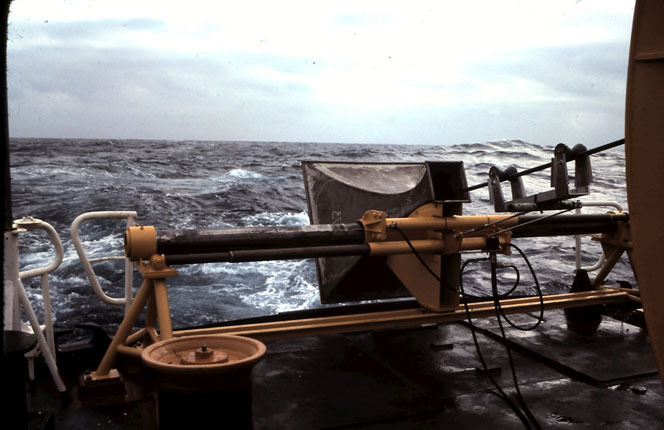Listen to creepy unknown pulse deep in ocean – mystery beast behind the noise has evaded scientists for decades
Scientists have established that a mysterious pulsing sound located far below the ocean’s surface has a “biological source.”
However, since the 1980s, the enigmatic beast has eluded researchers.
According to a statement from researcher Ross Chapman of the University of Victoria, “the sound was so repeatable that we couldn’t believe at first that it was biological.”
However, after discussing the data with other Australian colleagues, we found that other parts of Australia and New Zealand also frequently reported a similar sound.
Therefore, it seems improbable that the sound originates from a single, inanimate source, such as a submarine or underwater volcano.
Researchers in New Zealand who were attempting to document the South Fiji Basin’s acoustics first heard the unsettling sound in July 1982.
READ MORE ON SEA LIFE
The sound was recorded by researchers using lengthy hydrophone arrays that were towed behind a ship, around 200 meters below the surface.
An array of hydrophones, which are underwater sound recording devices, can detect low-frequency sounds from a great distance.
However, the pulse was unidentifiable at the time and has been dubbed ‘Bio-Duck’ due to its ‘quack’-like likeness.
Although scientists have now determined that the sound must originate from a living thing, they are still uncertain of the precise species.
In subsequent years, the quacking was also heard from Antarctic waters, indicating that Antarctic Minke Whales were the source of the noises.
Ghostly translucent creature discovered over 7,000ft below ocean surface – scientists say it’s a ‘new deep-sea species’
However, it may not originate from a single animal.
According to Chapman, the sound might even be a dialogue between several different animals.
He said, “We found that there were typically multiple speakers at various locations in the ocean, all of them making these sounds.”
The most remarkable thing was that the other speakers seemed to be listening since they were silent when the first speaker spoke.
“After then, the initial speaker would pause and hear what other people had to say.
Antarctic Minke Whale

Information about Minke Whales in the Antarctic:
- The species is a relatively small whale, weighing in at under 10 tonnes and between 9.7m and 10.7m in length.
- Despite their size, they can hold their breath for up to 25minutes.
- Antarctic Minke Whales have two blowholes on top of their pointed heads.
- Their chins have deep grooves from their throats to their chests.
- Unlike common Minke Whales that have white markings on their flippers, the Antarctic breed are unbranded.
- They feed on krill, small crustaceans.
- These whales typically spend time on their own, or in small groups of two or three others.
- Although at certain times of the year, large groups of up to 60 whales congregate to socialise.
- From November to January, large numbers of Minke Whales reside in Antarctica.
- They live primarily in Antarctica, but can migrate northwards to warmer waters in the winter months.
- It is a mystery where exactly they go, though they have been spotted as far as Australia and Brazil.
Note: Thank you for visiting our website! We strive to keep you informed with the latest updates based on expected timelines, although please note that we are not affiliated with any official bodies. Our team is committed to ensuring accuracy and transparency in our reporting, verifying all information before publication. We aim to bring you reliable news, and if you have any questions or concerns about our content, feel free to reach out to us via email. We appreciate your trust and support!













